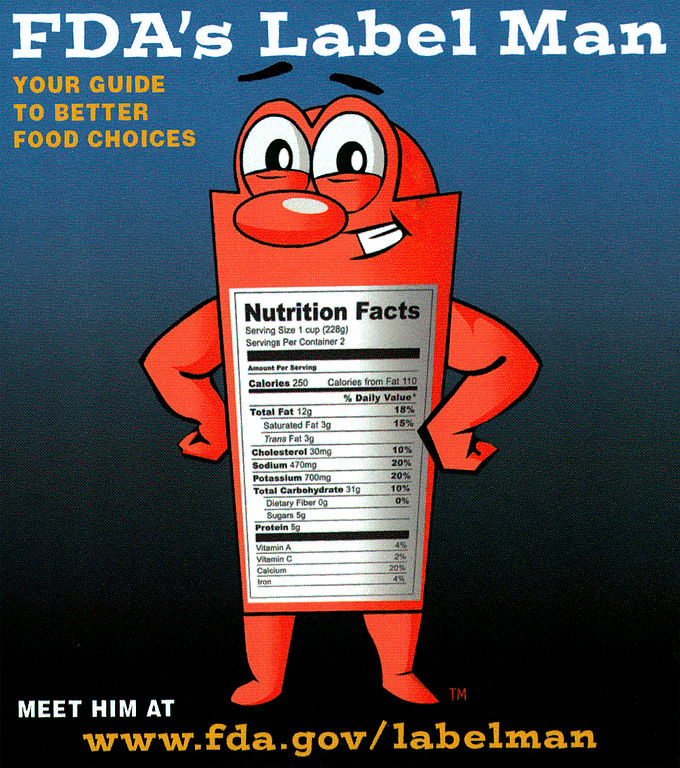3 Ways the New Nutrition Label Will Change Food Marketing
With the support of the Obama White House, the FDA has proposed changes to the nutritional panel on food labels. The update will be the first to nutrition labeling since such labels were first required more than 20 years ago. The change comes as one of many new regulations designed to give consumers more education and increase the safety and transparency of the U.S. food system. No aspect of the food industry will be unaffected by these changes—and marketing is no exception. Despite the cut-and-dried nature of the nutritional label changes—which, unlike front-of-label packaging, marketers have no control over—these changes will affect food marketing, and companies need to consider how to respond. See below for three changes with important marketing and formulation implications.

1. Increased emphasis on calories. The most dramatic change to the label is the increased prominence of the calorie count, which has been made bigger and bolder. The label prioritizes total calories over calories from fat as well. Takeaway: Marketing high-calorie foods by promoting other nutritional values will become more difficult, as the new nutrition label makes the calorie count impossible to miss.
2. Adjusted serving sizes. An even more fundamental change lies in the definition of portion sizes. The FDA is adjusting how it defines portion sizes based on the recognition that how much food people typically eat has changed since the original sizes were defined (nobody eats just half a cup of ice cream, for example). Accordingly, most portion sizes are increasing as the FDA attempts to bring the nutrition label information more into alignment with what people actually eat. Furthermore, the number of portions in a given package has been made more prominent on the label, moving above the portion size in a larger font. Takeaway: If your products face adjusted portion sizes, their perceived nutritional value will change dramatically—in many cases, in a negative fashion. Although you should wait out the change and see how consumers respond initially, it may become necessary for you to take steps to combat a newly unhealthy reputation.
3. Added sugar and natural sugar distinguished. The new label also distinguishes between naturally occurring and added sugars. Products like yogurt, which may include both sugars from fruit and added processed sugar, will now have quantities of both outlined on the label. This change aims to help consumers distinguish the quantity of added sugar they consume from the amount of natural sugar, the latter of which may not have the negative health effects of the former. Takeaway: Products with naturally occurring sugars will benefit from this change, as it makes clear that they include less processed sugar than consumers might have perceived. As the new labels roll out, they can be expected to raise consumer awareness of the difference between added and naturally occurring sugar. Marketers will be able to capitalize on that added awareness by promoting products which derive their sugar from what consumers believe to be healthier sources.
Among the many changes the FDA is making in how it regulates the food industry, the new nutrition label is among the most visible, and, for marketers, most important. It’s best that you begin thinking now about what impact this change could have on your products, even with compliance as far as two years away. If you need help with that planning, consider MarketPlace—we’re well-versed in the current regulatory environment and position ourselves as long-term, strategic partners to our clients. We’re here ready to weather regulatory changes with you, so give us a call today.
In the food industry, we talk about both front- and back-of-label claims as if they determine our marketing fate, seeking elusive characteristics like a “clean label.” But what do consumers really think a clean label is? Find out in our post on what “clean label” means to the consumer.
